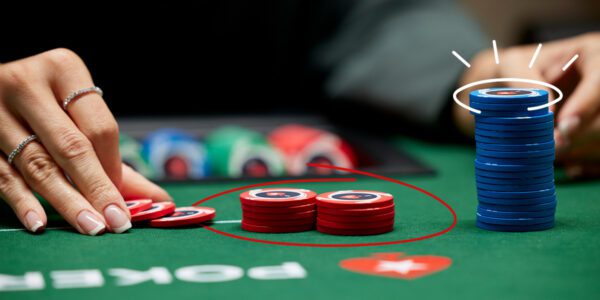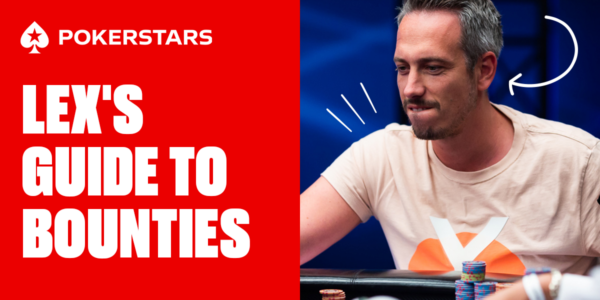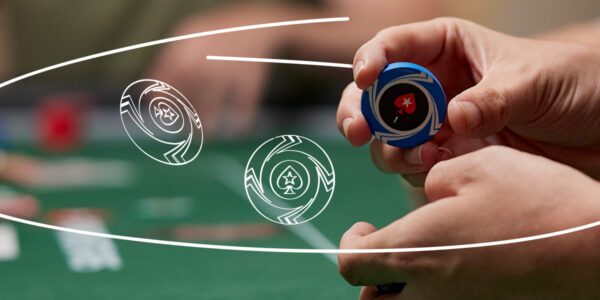Micro vs. High Stakes Tournaments
Many players reading this article will have ample experience in micro and low stakes tournaments online, but little (or no) experience in more high stakes tournaments. So today we’re going to talk about some of the ways these differ so you can be better prepared for your first soiree into the high stakes tournament realm.
Structure
Most high stakes tournaments have a much deeper and slower structure than you may be accustomed to from smaller buy in games. There are some implications to this. First, you have much more time for patience. If you are nervous to start the event (a very natural, human thing), it’s totally fine to play a very tight/premium heavy strategy until the butterflies in your stomach calm down and you settle in to the game. There will be ample time to gather reads and observations on your opponents. This is especially important in the early stages, particularly day 1 of a multi-day event, because it’s likely you’ll be at the same table with the same players for a long time in a deep stack, slow structure tournament.
Lastly, if things go sideways at some point and you lose a bunch of chips, it’s not the end of the world in the early stages. You may have gotten unlucky and have half the stack of the other players at your starting table, but if you still have 100 big blinds, that’s all that matters. You have ample room to play and do work. Don’t panic and don’t punt it off.


Field Strength
The strength of the field will differ greatly from low and micro MTT’s. There will still be recreational players in the mix, but they will likely more astute then your garden variety micro stakes fun player. Average players will be better; there will be more crushers in the mix, and more professional players. Straight across the board the field strength will be more competent than what you might be used to. Just be mentally prepared for this. There will be player names you recognize, and live, faces you recognize as well. Don’t get star struck. No one knows who you are, or what your skill sets are, your strengths and weaknesses. Just try to play solid, stay within your game, and remember the pros are still getting 2 cards, just like you, and they have the same issues playing out of position or weak ranges that you’d have. You can compete. Don’t let these folks beat you mentally before the first hand is even dealt.
Bubble Factor
There will be much more pressure on the bubbles than you’re probably used to. The money bubble of an $11 online tournament may pay $13.50 for a min-cash, and most players aren’t feeling too much pressure by those numbers. The min-cash in a 10K may be 15K… a number that more players feel pressure about. Especially those who won a satellite to the event and don’t normally play this buy in level. Players will feel much more pressure to not bubble the money here. As you get close to this point, knowing who at your table is a pro that plays these stakes regularly (and will thus likely be looking to abuse the scared players on the bubble) versus who is a scared player desperate to lock up the min cash money first, will help you navigate this spot better and maybe accumulate some chips pre-money.
The final table bubble will be massive pressure. Even the pros will feel ICM pressure here. The pay jump to the FT is going to be a significant number. There may be prestige associated with making the final table of the tournament, or TV time, or both. If you have a modest stack, you may have a hard time finding spots to accumulate chips and may be forced to be patient… but should you have stacks on your left that you cover or can cripple should they call you and lose, those are great spots to widen your attack range and apply pressure. If you’re fortunate enough to have a big stack at this stage, the bubble is your oyster. Be sure to use it to apply pressure. You can likely make a lot of small raises and stabs and pick up pots with less resistance than normal on a major bubble, so do that… don’t sit on your hands. This doesn’t mean to go wild, but certainly increasing your RFI frequency is appropriate.
Although you should have some solid reads and impressions of your opponent’s plays, skill level, and strategies by this point, you can usually expect them to play a bit more straight forward or honest on a major bubble like the one before the final table. Just bear in mind, the pressure you feel at this point… your opponents are feeling that too.
Playing a high roller is an amazing experience. Although you may be new to this arena, you can compete. You may not be one of the most skilled players in the field but if you stay mentally strong and stay focused, you can give the field a run for their money. The most important thing is to not beat yourself by allowing things like self-doubt, lack of confidence, or fear sabotage your efforts. Stay centered and strong, take it one decision at a time, and enjoy the experience! Enjoy, and maybe win some big money in the process.














